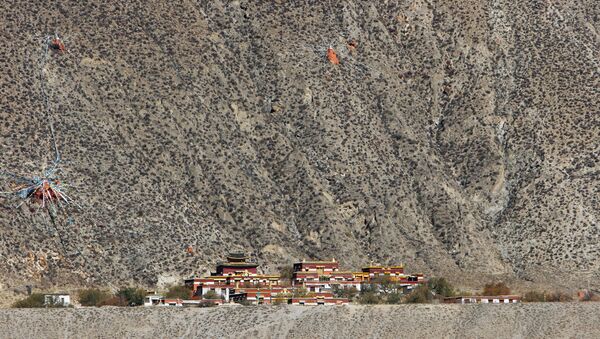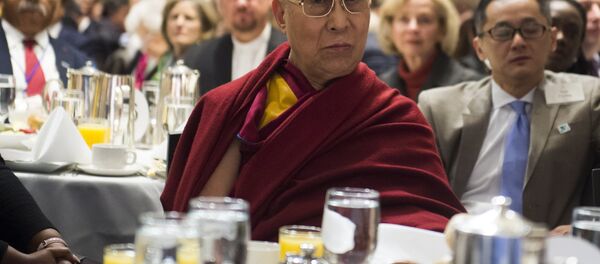In the document, released by the State Council Information Office and entitled 'Tibet's path of development is driven by an irresistible historical tide,' China says that under its rule, which began in 1950, "Tibet has been transformed from a poor and backward society to one that is advanced in both economy and culture."
"The end of the old system was a historic inevitability," says the White Paper, describing Tibet as having been "a society of theocratic feudal serfdom," prior to its administration. According to the White Paper, since the early 1950s, life expectancy in Tibet has doubled and the rate of illiteracy, which was 95 percent, "has been wiped out."
After justifying Tibet's "Sound Path of Development," the text devotes a chapter to the Dalai Lama's 'Middle Way' approach, entitled "The Essential Intent of the 'Middle Way' Is to Split China," describing the approach as a veneer for the campaign for Tibetan independence.
"Under the 'Middle Way,' the Dalai group feigns acceptance of China's sovereignty in Tibet to seize the reins of power and set up a semi-independent political regime under the control of the 'Tibetan independence' forces, and ultimately seek full sovereignty and achieve 'Tibetan independence' when its governing power is consolidated," says the White Paper.
Referring to a statement made by China's central leadership, the White Paper urges the exiled leader, who is 79, to "put aside his illusions in his remaining years and face up to reality," by abandoning his stance on independence and acknowledge that "Tibet has been an integral part of China since antiquity."
"Tibet's path of development is one imposed by history and chosen by the people," conclude the White Paper. "The wheels of history roll forward and the tides of the times are irresistible."






